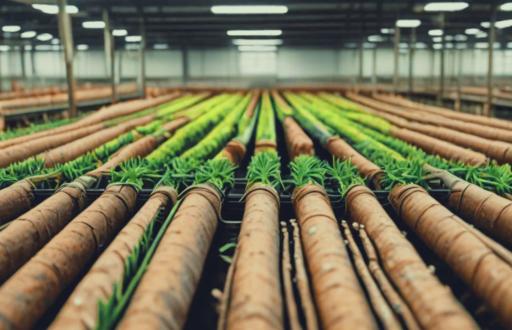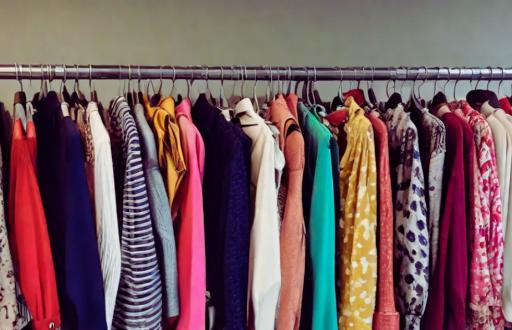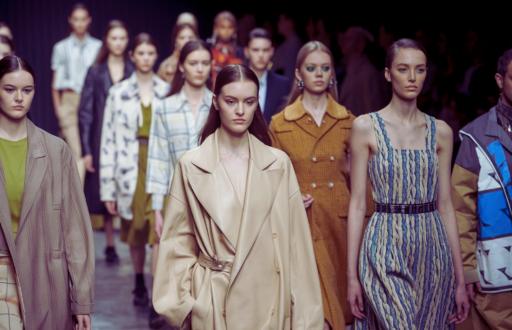2024 Sustainable Fashion Trends You Need to Know
The fashion world, once a whirlwind of fleeting trends and disposable garments, is undergoing a profound transformation. Consumers are increasingly aware of the environmental and social costs of fast fashion, demanding greater transparency and responsibility from brands. This shift has propelled sustainable fashion from a niche movement to a mainstream force, shaping the trends we see emerging in 2024. But what exactly does “sustainable fashion” mean in practice, and what trends are truly making a difference? Let’s dive into the key developments shaping the future of our wardrobes.
One of the most significant shifts is the rise of circularity. This concept challenges the traditional linear “take-make-dispose” model, advocating for closed-loop systems where resources are kept in use for as long as possible. Think recycled and upcycled materials, clothing rental services, and innovative take-back programs. For instance, brands are experimenting with turning textile waste into new fabrics, reducing reliance on virgin resources. This isn’t just about recycling; it’s about reimagining the entire lifecycle of a garment. It’s a complex challenge, requiring collaboration across the industry, but the potential environmental benefits are immense.

Beyond materials, the focus is sharpening on traceability and transparency. Consumers want to know where their clothes come from, who made them, and under what conditions. Blockchain technology is playing a crucial role here, enabling brands to track their supply chains from raw material to finished product. This allows for greater accountability and empowers consumers to make informed choices. Imagine scanning a garment’s tag with your phone and instantly accessing information about its origin, its environmental impact, and the ethical practices of the manufacturers involved. This level of transparency is becoming increasingly expected, not just by eco-conscious shoppers but by the mainstream market as well.
Furthermore, regenerative agriculture is gaining traction as a key component of sustainable fashion. This approach goes beyond simply minimizing environmental harm; it actively seeks to restore and improve soil health, biodiversity, and ecosystem function. By supporting farmers who employ regenerative practices, brands can contribute to carbon sequestration and enhance the resilience of agricultural landscapes. This is a complex issue, tied to broader agricultural reforms, but it represents a crucial step towards a more holistic understanding of sustainability.

Another prominent trend is the embrace of pre-loved and vintage fashion. Shopping secondhand is no longer seen as a compromise; it’s a stylish and sustainable choice. Online platforms and physical vintage stores are thriving, offering unique and high-quality garments at affordable prices. This trend not only reduces demand for new production but also keeps existing clothes in circulation, extending their lifespan and minimizing waste. It’s a win-win for both consumers and the planet.
Finally, technology is playing a pivotal role in driving innovation in sustainable fashion. From 3D printing and on-demand manufacturing to AI-powered design tools and textile recycling technologies, advancements are constantly pushing the boundaries of what’s possible. These innovations offer the potential to reduce waste, optimize resource use, and create more personalized and sustainable garments.
Conclusion:
The sustainable fashion landscape is dynamic and multifaceted. It’s not just about using organic cotton or recycled polyester; it’s about a fundamental shift in how we produce, consume, and dispose of clothing. The trends highlighted here – circularity, transparency, regenerative agriculture, pre-loved fashion, and technological innovation – represent significant steps towards a more responsible and equitable fashion industry. As consumers become more informed and demand greater accountability, these trends are likely to become even more prominent in the years to come.
FAQ:
What is the difference between recycled and upcycled materials?
Recycled materials are reprocessed into new fibers or materials of similar quality. Upcycled materials are transformed into new products of higher value, often using creative and innovative techniques.
How can I tell if a brand is truly sustainable?
Q: A: Look for certifications like Fair Trade, GOTS (Global Organic Textile Standard), and B Corp. Research the brand’s supply chain and transparency efforts. Consider their commitment to circularity and ethical labor practices.
Q: Is sustainable fashion more expensive? A: While some sustainable brands may have higher price points due to their ethical and environmental practices, shopping secondhand, renting clothes, and choosing durable, high-quality garments can be cost-effective sustainable options.
What can I do as a consumer to support sustainable fashion?
Buy less, choose well, and make it last. Support brands that prioritize sustainability. Shop secondhand and vintage. Repair and upcycle your clothes. Ask brands about their practices and demand greater transparency.
What is the future of sustainable fashion?
The future of sustainable fashion lies in continued innovation, collaboration, and consumer awareness. 1 It’s about creating a circular economy, prioritizing transparency and traceability, and embracing new technologies to minimize environmental impact and maximize social responsibility






